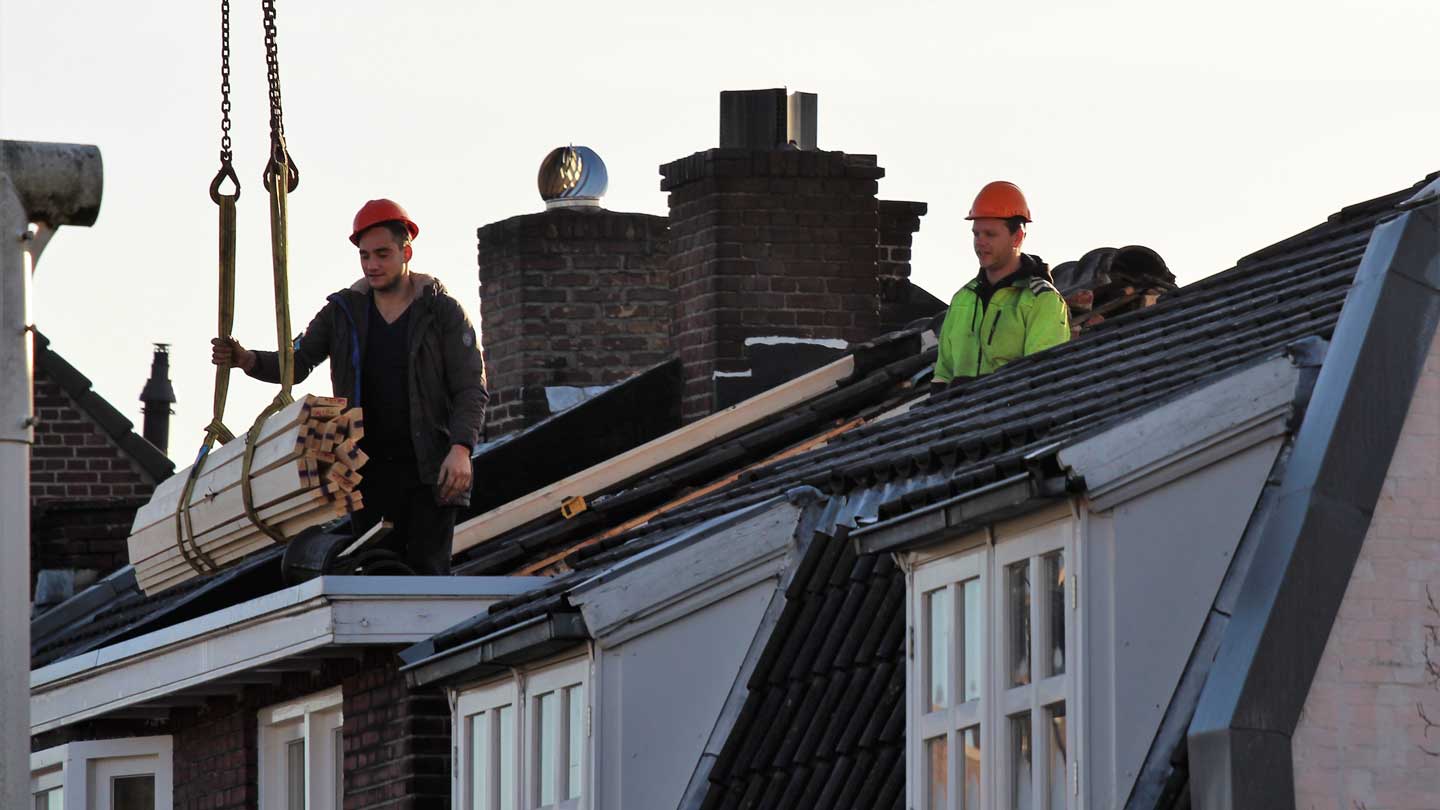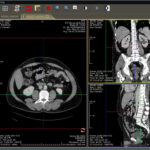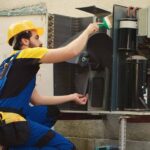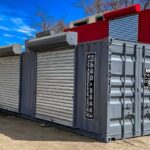When protecting your home or business, a well-maintained roof is crucial. Regular roof inspections play a vital role in identifying potential issues early on, ensuring the safety and longevity of your roof.
By following a comprehensive roof inspection checklist, you can detect problems before they escalate, saving you from costly repairs and potential hazards.
This article will explore five essential subheadings to include in your roof inspection checklist, providing you with peace of mind and safeguarding your investment. Therefore, continue reading before you look for the best roof for San Bernardino, CA.
Exterior Examination
The first step in your roof inspection checklist is to examine the exterior of your roof thoroughly. Begin by taking a close look at the shingles or roofing material. Check for any signs of damage, such as missing, cracked, or curling shingles.
These issues can compromise the waterproofing ability of your roof and lead to leaks. Additionally, inspect the condition of the roof’s flashing. Flashing is the metal or waterproof material installed around chimneys, vents, and skylights to prevent water from seeping in.
Look for any loose or damaged flashing that may need to be repaired or replaced. While examining the roof’s exterior, pay attention to the condition of the gutters and downspouts.
Interior Assessment
Moving on to the internal assessment of your roof, start by inspecting the attic or crawl space. Check for any signs of water intrusion, such as stains or dampness on the ceiling, walls, or insulation. These can indicate roof leaks or inadequate ventilation.
While in the attic or crawl space, look for any mold or mildew evidence. Mold growth is a clear sign of excess moisture from a leaking roof or poor ventilation.
Mold poses health risks and indicates underlying issues that need immediate attention. Inspect the underside of the roof deck for water stains or rot. These signs can indicate leaks or moisture problems that may require repairs.
Structural Integrity
Assessing the structural integrity of your roof is essential for its long-term stability and longevity. During your inspection, check for any signs of sagging or unevenness in the roofline.
These issues can indicate underlying structural problems, such as weakened supports or compromised load-bearing capacity. Identifying such issues early on is crucial to prevent any potential collapse or damage to your property.
Inspect the eaves, soffits, and fascia for signs of rot or damage. These components protect the roof’s edges and provide structural support. Rot or damage in these areas can compromise the overall stability of your roof.
Roofing Components
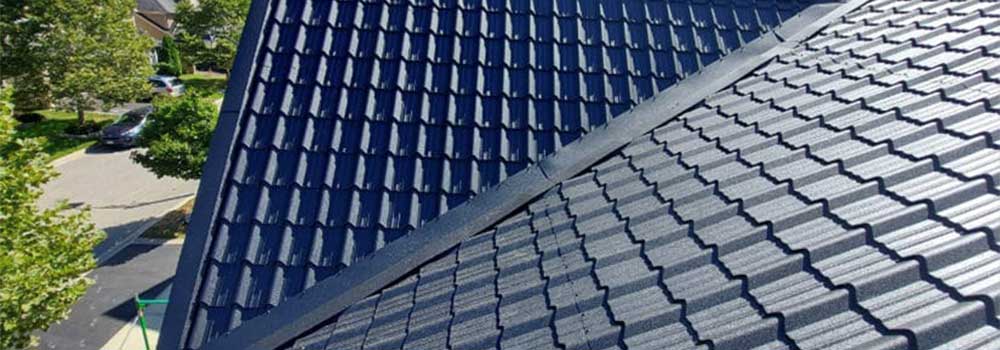
Next, on your roof inspection checklist, focus on examining the specific components of your roof. Pay close attention to the condition of the roof valleys. Valleys are the areas where two roof slopes meet and are prone to debris accumulation and water damage.
Inspect the integrity of the sealant or caulking around vents, pipes, and other protrusions on your roof. Over time, the sealant can deteriorate, leading to gaps or cracks that allow water to seep in. Check for any signs of damage or gaps and consider reapplying sealant if necessary.
Documentation and Professional Inspection
After completing your roof inspection, it’s essential to document your findings. Please take photographs of any damage or areas of concern, as they can be helpful for insurance claims or future reference. Keep a detailed record of your inspections, including dates, observations, and any necessary repairs or maintenance performed.
While regular self-inspections are beneficial, scheduling a professional roof inspection from the best roof for San Bernardino, CA at least once a year is advisable. A trained roofing professional can provide a comprehensive assessment, identify hidden issues, and offer expert recommendations for repairs or maintenance.
Conclusion
In conclusion, a thorough roof inspection checklist is your best defense against potential roof problems. By regularly examining your roof’s exterior and interior, assessing its structural integrity, inspecting specific components, and documenting your findings, you can ensure the safety and longevity of your roof.
Remember, early detection and timely repairs are crucial to preventing significant issues and extending the lifespan of your roof. Don’t neglect this essential maintenance task—investing time in roof inspections now can save you from costly repairs and provide you peace of mind in the long run.


